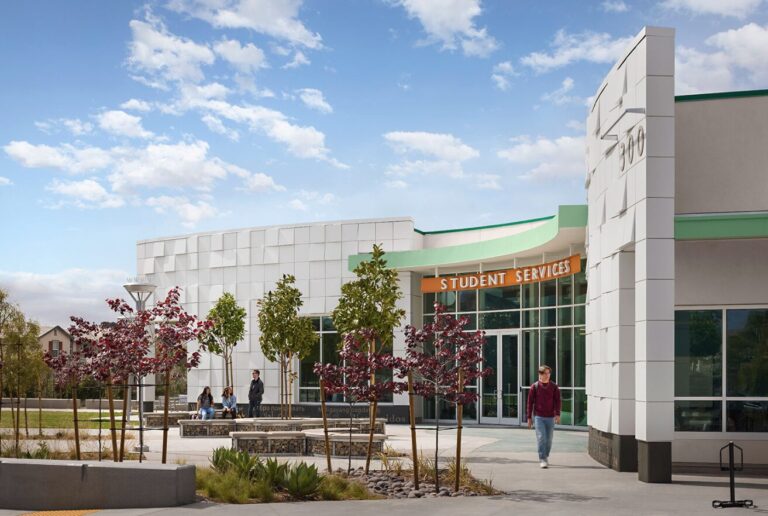By NCI
A new report from the UCLA Center for the Study of Latino Health and Culture (CESLAC) reveals an exciting reality: by 2035, Latinos will make up the majority of California’s workforce. This growth is already underway—over the past two decades, Latinos have accounted for around two-thirds of the increase in the U.S. labor force, growing at a rate more than 10 times higher than non-Latino groups.
David E. Hayes-Bautista, a lead author of the report, emphasizes that California’s future economic success depends on helping as many Latinos as possible access higher education. “We should be investing like crazy in Latino health and in the Latino labor force…Latinos are the last best chance for the US to maintain its economic preeminence throughout the 21st century,” he adds.
“The growth of Latino GDP is the growth spot for US GDP. Latinos give the US something no other advanced industrial economy has, which is labor force growth,” he says. “The Latino GDP is larger than the entire economy of India.”
Education is the key to unlocking this potential.
Latinos and Education: A Path to a Brighter Future
While Latinos in California are graduating from high school at rates comparable to non-Latinos, they face challenges when it comes to earning bachelor’s degrees—and the gap widens in graduate programs such as PhDs and MDs.
It is particularly true for Latinas. Though Latinas make up 9% of the U.S. population, they accounted for 30% of the growth in the US labor force between 2010 and 2021, according to MANA de San Diego. But in terms of leadership, Latinas are underrepresented, holding just 3.3% of managerial and 1% of executive positions.
Here in San Diego, Latinas play a critical role in the community. Latinos make up 34% of the county’s population, and by 2035, they will be the majority. Yet, despite the growing numbers, 62% of Latino high school graduates in San Diego don’t complete the courses necessary to apply to Cal State or University of California schools.
Despite these challenges, the good news is that there has been a 103% increase in the number of Latinas with a bachelor’s degree from 2010 to 2021. This progress shows the strength and determination of Latinas striving for a better future.
Empowering Latinas Through Education: What Needs to Be Done
To ensure Latinas can reach their full potential, local organizations like MANA suggest a few key steps:
- Increase funding for equitable college preparedness, including access to dual enrollment courses.
- Invest in college readiness programs and raise awareness about college admissions requirements.
- Educate students and parents early and often about what’s needed to apply to college.
- Offer paid internships for college students to gain valuable experience.
- Develop school-to-career pipelines, especially in STEM fields.
- Promote open recruitment practices and address biases in hiring.
- Provide intentional sponsorship and mentorship programs to guide students through their career paths.
These steps are essential to level the playing field and help more Latinas pursue higher education, especially when family and work responsibilities often make it difficult to attend fulltime.
According to the State of San Diego Latinos Report by the San Diego Foundation, Latinas in coastal communities south of Carlsbad and north of Chula Vista tend to have a higher percentage of residents with bachelor’s degrees compared to those living further inland.
These data highlight a key issue—there’s a gap in access to resources and opportunities across different neighborhoods. For many Latinas, especially those in underserved areas, pursuing higher education can be financially challenging. It’s crucial that we create workforce development programs that allow students to earn while they learn and provide financial aid to those who need it most.
Additionally, teaching financial literacy is essential to help Latinas build wealth. It’s not just about making money—it’s about managing it wisely, saving, and investing in opportunities that will grow and provide long-term security.




